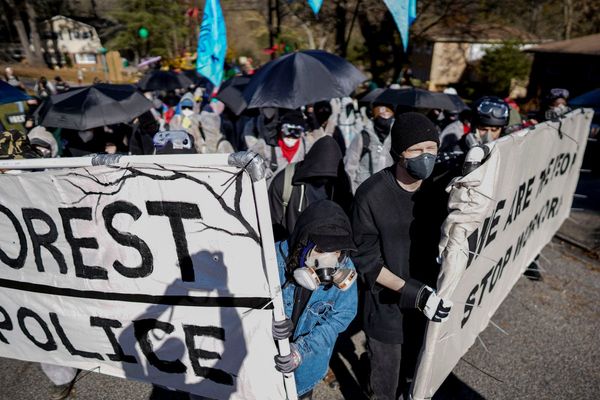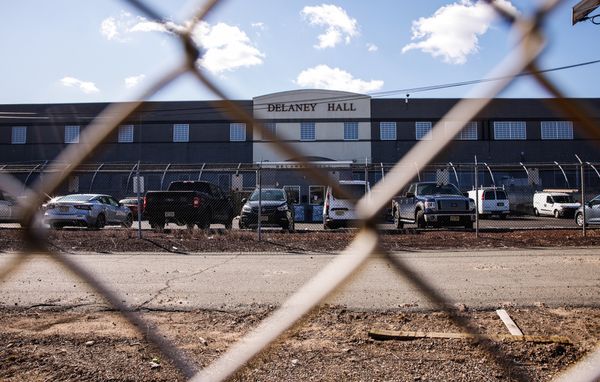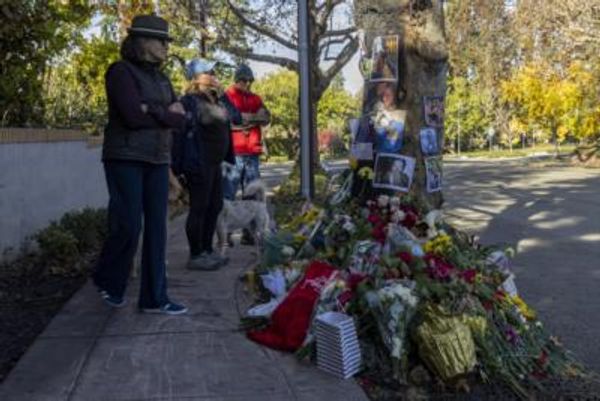Mayor Lori Lightfoot’s Invest South/West plan to rebuild 10 neglected neighborhood commercial corridors has a “sense of permanence” that will live on no matter who wins the mayoral election, Chicago’s premier planner said Thursday.
Since arriving from Detroit three years ago, Planning and Development Commissioner Maurice Cox has been laser-focused on delivering Lightfoot’s mayor’s signature plan to leverage $750 million in “re-prioritized” public money to lure private investment not seen in decades.
With the first Invest South/West project finally under construction in Auburn Gresham and a groundbreaking a month planned for the foreseeable future, Cox believes Chicago is too far down the road to turn back.
“We have gotten momentum. ... These are projects that the community now supports and they are stewarding. … Our project managers are on the ground and they don’t change, independent of the leadership by an administration,” Cox told the Sun-Times.
“The work that we’re doing is trying to change the arc and the attitude about economic redevelopment. … These are structural changes that have been made that will allow private sector and public sector to partner. These are relationships that are built that, we think, have a sense of permanence.”
Cox is so convinced Invest South/West is here to stay, he’s already talking about what comes next.
He calls it the “re-population phase” and said it is pivotal to reversing an African American exodus from Chicago. The city’s Black population has declined by 85,000 residents over the last decade and roughly 300,000 since 1990.
“We are beginning to look to the north and south of the commercial corridors into the residential neighborhoods. Looking at vacant land that the city owns and how it could ... create housing opportunities. Opportunities for home ownership. Two- and three-flats,” Cox said.
“So you anchor the corridor, and then you build the rooftops and re-populate the neighborhoods in a way that the strategy is holistic.”
Cox talks a lot about creating “15-minute neighborhoods” that have all of the amenities they need within walking distance.
That’s why it was imperative to start by rebuilding the 10 commercial corridors — he calls them “former downtowns” — with projects that will bring “hundreds of new families to rental housing” near mass transit.
It’s also why the next phase of Invest South/West is aimed at luring homeowners.
“We will now come back and we’ll be on the side streets. You probably won’t see it on your way home. But that is the slower way to rebuild these neighborhoods. … Adding new families,” Cox said.
The Black exodus from Chicago stems, at least in part, from concerns about violent crime. But Cox argued the “perception that a neighborhood isn’t safe is compounded when you pass by a boarded-up” store or a vacant lot.
“Our job is to re-populate those corridors, fill in all those gaps with active ground-floor uses, re-populate the stories above those shops and put eyes on the streets. We know that streets that have lots of pedestrians are some of the safest environments you can create. This is our community safety strategy,” he said.
LaSalle Street’s future: getting people to live there
With Google buying and occupying a renovated Thompson Center, Cox believes the future of the LaSalle Street corridor in the Loop lies in moving that iconic street “from a mono-culture” of offices into a “mixed-use corridor” where people actually live.
“I actually believe that is integral to the future of LaSalle and that many of the owners of these buildings that are seeing vacancies are seriously starting to look at what it would mean to make their buildings mixed-use,” he said.
“You have job anchors like the state. New technology anchors like Google. And people could actually live within a 15-minute walk of their work in one of these beautiful historic buildings. The city is going to work mightily to try to find a way to make that feasible for current owners.”
Michigan Avenue is also plagued by high vacancy rates and needs to re-invent itself with more dining and “destination retail,” as suggested by the Urban Land Institute, he said.
“They came up with a whole variety of ideas about increasing … beverage and dining on the corridor. Making it less of a pass-through corridor and more of a destination. Tying it to some of the amenities that are off the corridor,” such as Navy Pier, Oak Street Beach or the Museum of Contemporary Art, Cox said.
“There are ways to make it more of a people-oriented space, less of a corridor to somewhere else and more of a destination in its own right. … The important thing is to continue to populate it with unique, experiential retail. … Great streets have to constantly re-imagine themselves to truly stay magnificent.”







